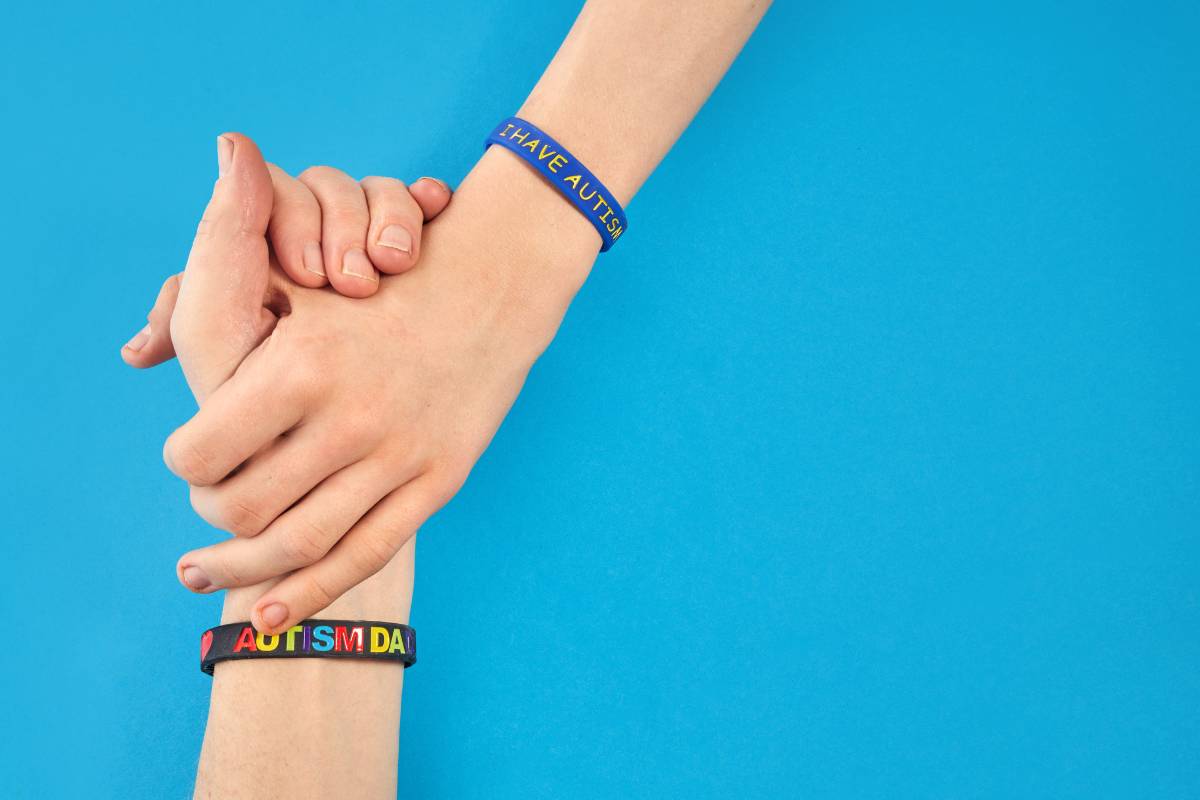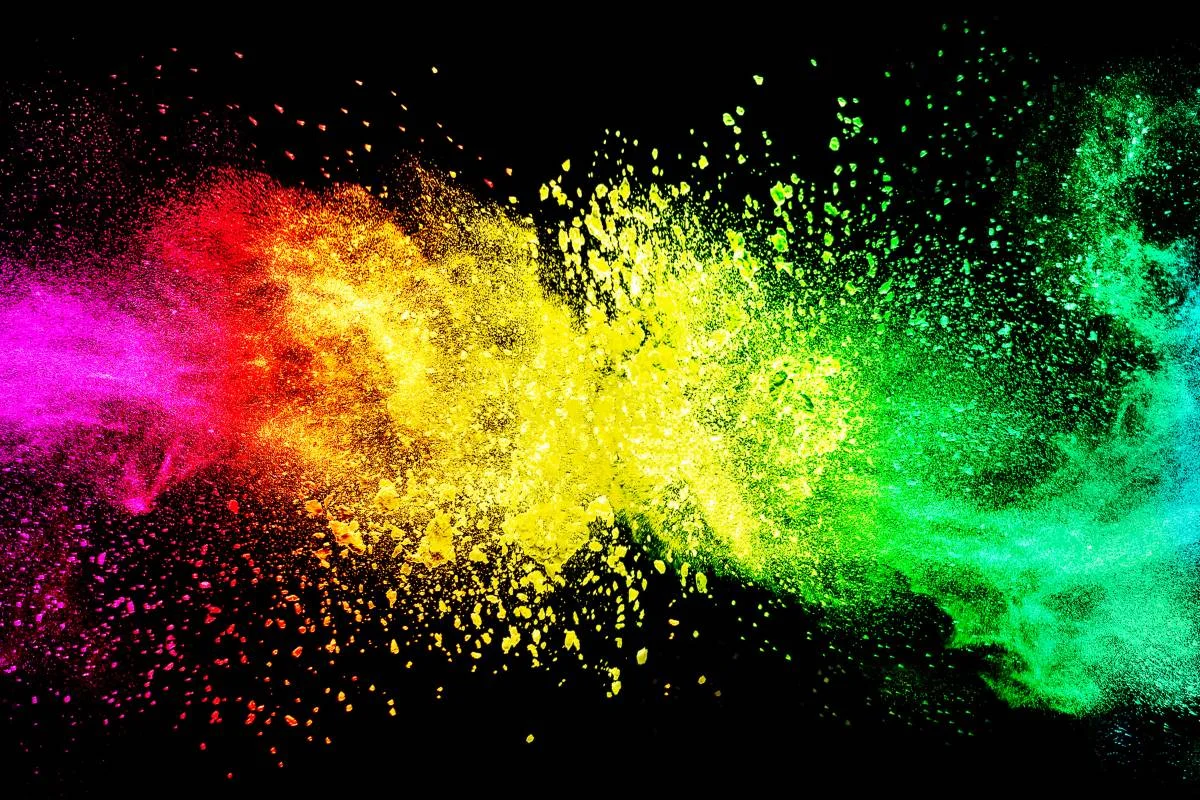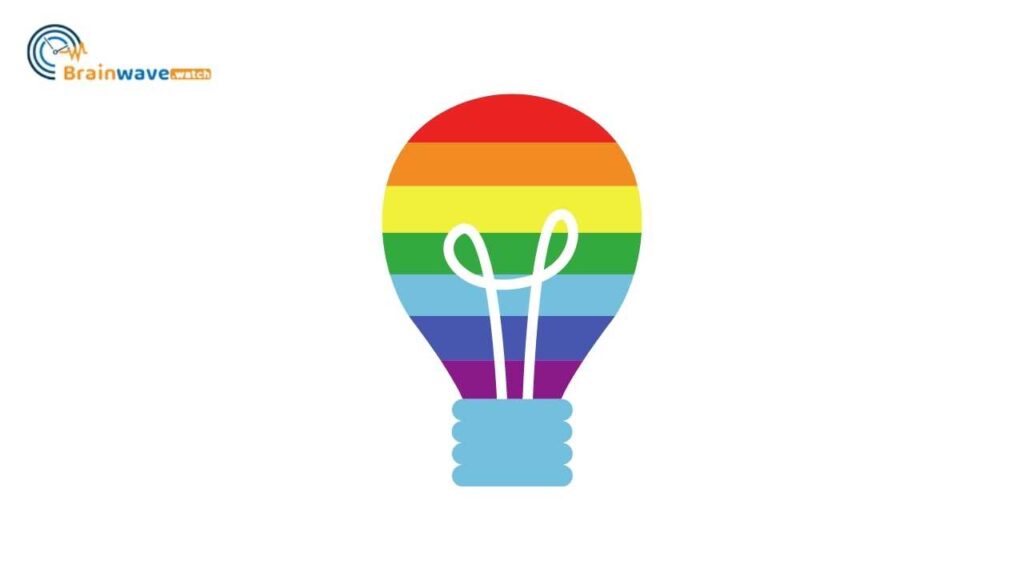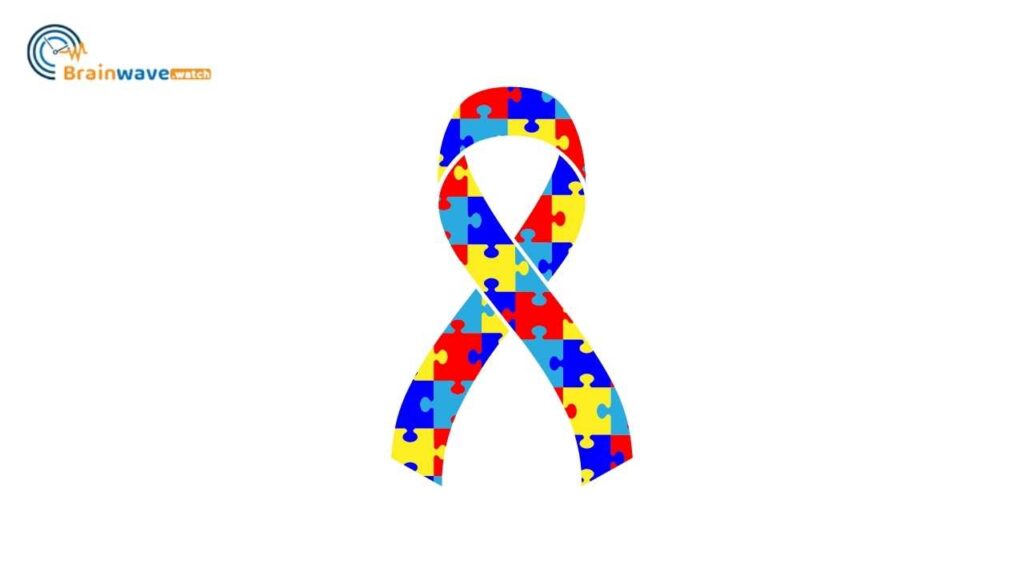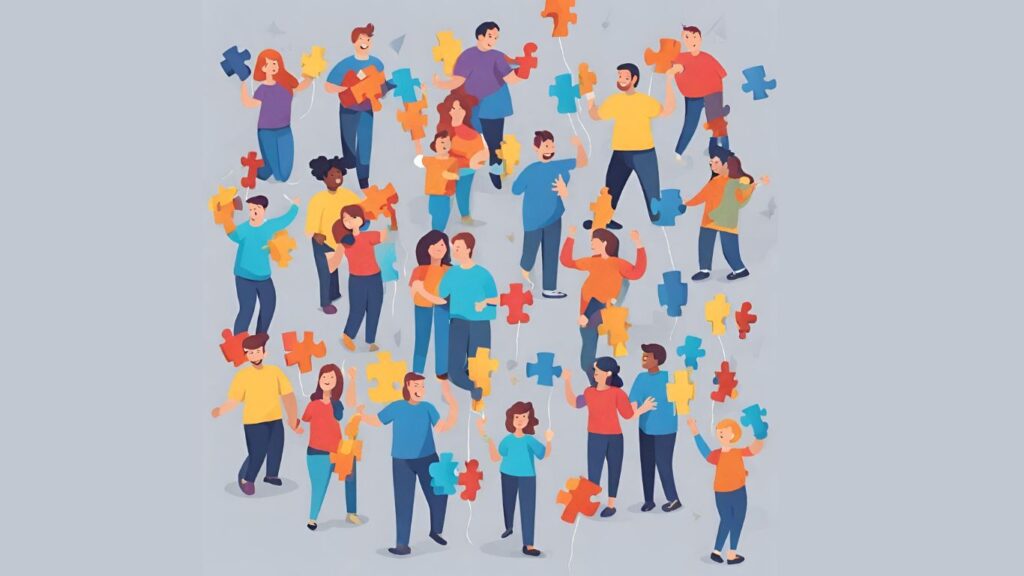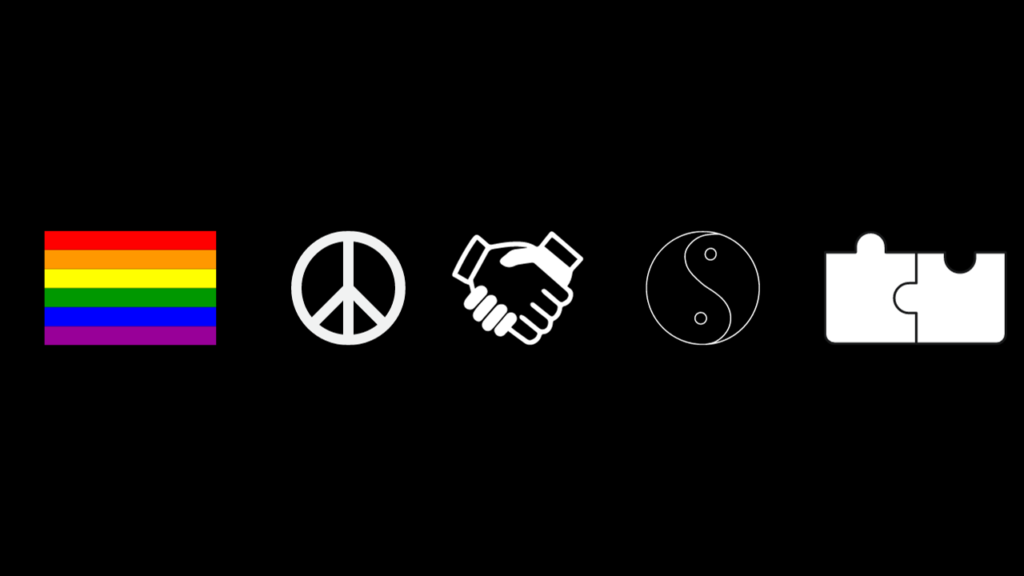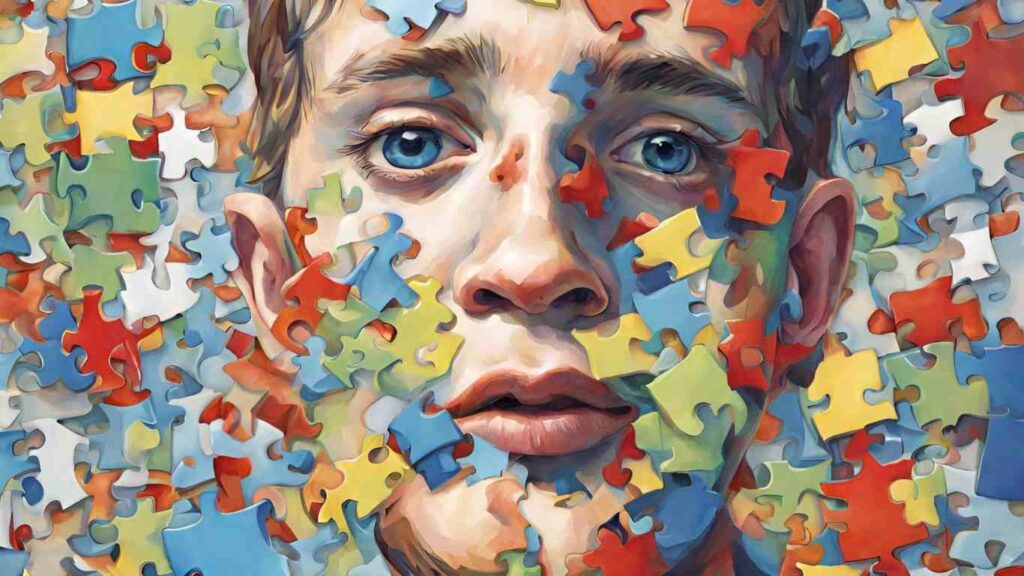Ever wonder how colors can make a difference for people with autism? I’ve been diving deep into this topic, and let me tell you, it’s fascinating stuff.
Colors for autism isn’t just about picking pretty shades. It’s about creating environments that help autistic individuals thrive. From calming blues to energizing yellows, each hue plays a role in shaping experiences.
Why Colors Matter for Autism
Autism and sensory processing often go hand in hand. Many autistic people experience the world differently, with heightened or dulled senses. Colors can either overwhelm or soothe, depending on how they’re used.
I’ve talked to countless parents and educators who’ve seen firsthand how the right color choices can transform a space. It’s not just about aesthetics – it’s about function and comfort.
The Science Behind Color Perception in Autism
Research shows that some autistic individuals may process color differently. This isn’t universal, but it’s worth considering when we talk about colors for autism.
Some studies suggest that certain colors might be more easily perceived or more calming for those on the spectrum. It’s not one-size-fits-all, but it’s a starting point for creating supportive environments.
Historical Context of Autism Color & Symbols
The puzzle piece and the color blue have become widely recognized symbols of autism awareness. The puzzle piece was first used as a symbol for autism in 1963 by the National Autistic Society in the United Kingdom. The symbol was meant to represent the complexity and mystery of autism, as well as the idea that people with autism are like “missing pieces” in society.
In recent years, some people in the autism community have criticized the puzzle piece as being stigmatizing and portraying autism as a problem to be solved. As a result, some organizations have moved away from using the puzzle piece as a symbol.
The color blue has also become associated with autism awareness, with many organizations using blue ribbons or lighting up buildings in blue during Autism Awareness Month in April. The origins of the color blue as an autism symbol are unclear, but some speculate that it may be related to the fact that boys are diagnosed with autism more frequently than girls, and blue is often associated with boys.
One way to raise awareness about autism is by wearing one of the colors of the autism spectrum. The most common colors are blue, green, and yellow, but there are also red, purple, and white variations. Each color represents something different:
Blue: serenity, understanding, and calmness
Green: growth, healing, and fertility
Yellow: joy, happiness, and sunshine
Red: strength, courage, and passion
Purple: dignity, royalty, and ambition
White: purity, innocence, and hope
What are the Colors for Autism?
No one color represents autism. However, the most commonly used colors to symbolize autism are blue, yellow, and red. The color blue is often used to represent the sky and calmness, while yellow and red are often associated with energy and excitement.
There is no one answer to this question as each individual on the autism spectrum is unique. Some people with autism may prefer certain colors or have a strong attachment to certain colors, while others may not have any preference at all.
There is no right or wrong answer, and in fact, many people on the autism spectrum are visual thinkers and may use color to help them process information.
Read also: Autism Awareness Month: How to get involved
Primary Colors of Autism
Autism is a developmental disorder that affects communication and social interaction skills. It is often associated with certain colors and symbols that represent the condition. The primary colors of autism are blue, red, and yellow. These colors are often used in conjunction with symbols that represent the condition.
1. The Significance of Blue
Blue is the most commonly used color to represent autism. It is often associated with calmness, trust, and stability. The color blue is believed to have a calming effect on individuals with autism, which is why it is often used in therapy and education programs. Blue is also the color of the Autism Speaks logo, which is a well-known organization dedicated to raising awareness and funding for autism research.
2. The Puzzle Piece Symbol
The puzzle piece is a well-known symbol that represents autism. It is often used in conjunction with the color blue. The puzzle piece symbolizes the complexity of autism and the need for more research to better understand the condition. The symbol was first used in 1963 by the National Autistic Society in the United Kingdom.
3. The Rainbow Infinity Symbol
The rainbow infinity symbol is a newer symbol that has been adopted by some members of the autism community. It features a rainbow-colored infinity symbol with a blue puzzle piece in the center. The rainbow colors represent diversity and the infinite possibilities of individuals with autism. The blue puzzle piece represents the complexity of the condition.
Overall, the primary colors of autism and the symbols associated with them are important for raising awareness and understanding of the condition. They provide a visual representation of the complexity and diversity of autism and the need for more research to better understand and support individuals with the condition.
The Puzzle Piece
The puzzle piece is the most widely recognized symbol of autism. It was first used by the Autism Society of America in 1963 as part of their logo.
The puzzle piece is meant to represent the mystery and complexity of autism. The brightly colored pieces are also meant to represent the diversity of people with autism.
The colors associated with autism are typically blue and yellow. Blue is often used to represent calm and serenity, while yellow is often used to represent happiness and joy. Some people with autism prefer different colors or no colors at all.
The Light it Up Blue Campaign
The Light it Up Blue campaign was started by the Autism Society in 2009 to help raise awareness for autism. The campaign asks people to wear blue on World Autism Day, which is April 2nd. The color blue was chosen because it is often used to represent calm and serenity, two qualities that are often associated with autism.
The Light it Up Blue campaign has been successful in raising awareness for autism and has helped to increase understanding and acceptance of people with autism.
The Autism Speaks Campaign
The Autism Speaks Campaign is a grassroots movement that uses the color puzzle piece as its logo to spread awareness and acceptance of people with autism.
The different colors in the autism puzzle piece represent diversity, including different racial and ethnic backgrounds, genders, abilities, and interests.
The mission of the Autism Speaks Campaign is to provide support and resources to people with autism and their families, while also promoting public understanding and acceptance of people with autism.
Other Symbolic Elements
1. The Color Red
The color red is often associated with passion, anger, and excitement. In the context of autism, it can represent the intense emotions that individuals with autism may experience. Red can also symbolize the challenges and struggles that individuals with autism face, as well as their determination and strength in overcoming them.
2. The Color Gold
The color gold is often associated with wealth, success, and achievement. In the context of autism, it can represent the unique skills and talents that individuals with autism possess. Gold can also symbolize the hope and potential for a bright future for individuals with autism, as well as the value and worth of their contributions to society.
Using these colors in autism awareness campaigns can help to convey a message of understanding and acceptance towards individuals with autism. By incorporating these symbolic elements into promotional materials and events, organizations can raise awareness and support for autism advocacy efforts.
The A.L.S. Association
The A.L.S. Association is a non-profit organization that is dedicated to finding a cure for ALS (amyotrophic lateral sclerosis), also known as Lou Gehrig’s disease.
The Association funds research provides support and assistance for patients and families and promotes awareness of the disease. They also advocate for public policy that supports people with ALS.
The A.L.S. Association has adopted the colors teal and lavender to represent ALS awareness. Teal is the color of awareness for many neurological disorders, including ALS, and lavender represents the color of faith and spiritual healing. The A.L.S.
The association encourages people to wear these colors to show their support for people living with ALS and to help raise awareness about the disease.
Read also: Autism Awareness: How to be a Good Ally
Awareness and Advocacy
World Autism Awareness Day
World Autism Awareness Day is celebrated annually on April 2nd to raise awareness about autism and promote acceptance and inclusion of individuals with autism spectrum disorder (ASD). The day is recognized by the United Nations and is marked by various events and activities around the world.
The color blue is often associated with autism awareness, and many organizations and individuals wear blue ribbons or clothing on World Autism Awareness Day. The “Light It Up Blue” campaign, started by Autism Speaks, encourages buildings and landmarks to be lit up in blue to show support for people with autism.
Autism Acceptance Month
April is also recognized as Autism Acceptance Month, which aims to promote acceptance and understanding of individuals with ASD. The focus is on celebrating the strengths and abilities of people with autism, rather than just raising awareness of the challenges they face.
During Autism Acceptance Month, many organizations and individuals use the infinity symbol as a symbol of acceptance and inclusion. The infinity symbol represents the infinite possibilities and potential of people with autism.
Advocacy and awareness efforts for autism are important to ensure that individuals with ASD are understood, supported, and included in society. By promoting acceptance and understanding, we can create a more inclusive and welcoming world for people with autism.
Controversies and Considerations
Debate Over Puzzle Piece Usage
The use of the puzzle piece as a symbol for autism has been a topic of controversy. Some people with autism and their families feel that the puzzle piece symbolizes that people with autism are incomplete or missing a piece. They argue that this perpetuates the idea that people with autism need to be fixed or cured.
On the other hand, some organizations and individuals argue that the puzzle piece symbolizes the complexity and mystery of autism. They believe that the puzzle piece represents the idea that autism is a puzzle that needs to be solved. They also argue that the puzzle piece is a recognizable symbol that helps raise awareness about autism.
Shift Towards Neurodiversity Symbolism
In recent years, there has been a shift towards using symbols that promote the idea of neurodiversity. The neurodiversity symbol, which features a rainbow infinity loop, represents the idea that neurological differences, including autism, are a natural part of human diversity.
Advocates for the neurodiversity movement argue that people with autism should be accepted and celebrated for who they are, rather than being seen as needing to be fixed or cured. They believe that the neurodiversity symbol promotes acceptance and inclusion of people with autism and other neurological differences.
Overall, the use of symbols in autism advocacy is a complex issue with many different perspectives. It is important for individuals and organizations to consider the impact of their symbolism on people with autism and to strive for inclusivity and acceptance.
Calming Colors for Autism: Creating Safe Spaces
When it comes to colors for autism, calm is often the name of the game. Here are some hues that tend to work well:
- Soft blues: Think sky blue or pale aqua. These shades often have a soothing effect.
- Gentle greens: Nature-inspired tones like sage or mint can create a sense of peace.
- Muted purples: Lavender or periwinkle can be calming without being too stimulating.
I’ve seen these colors work wonders in bedrooms, classrooms, and therapy spaces. They create a backdrop that doesn’t compete for attention, allowing focus on important tasks or relaxation.
Energizing Colors: When to Use Them
While calm is crucial, sometimes we need a bit of energy. Here’s where brighter colors for autism can come into play:
- Yellow: In small doses, it can boost mood and encourage interaction.
- Orange: When used sparingly, it can create a warm, welcoming vibe.
- Red: Careful with this one – it’s stimulating but can be overwhelming. Use tiny accents if at all.
The key is balance. These colors are great for activity areas or as small pops in a mostly calm space.
Color Considerations for Different Spaces
Let’s break down how to use colors for autism in various settings:
Bedrooms
Sleep is crucial, so bedrooms should be havens of calm. Stick to those soothing blues and greens we talked about. Avoid patterns or stark contrasts that might be distracting.
Classrooms
Learning environments need to strike a balance. Use calming colors on walls, but incorporate small pops of brighter hues for visual interest and to define different areas.
Therapy Rooms
These spaces should adapt to different needs. Consider using color-changing lights or movable color panels to adjust the mood as needed.
The Role of Lighting in Color Perception
It’s not just about paint colors. Lighting plays a huge role in how we perceive color. Natural light is ideal, but when that’s not possible, opt for soft, diffused lighting that doesn’t create harsh shadows or glare.
I’ve seen amazing transformations just by switching out harsh fluorescents for warmer, more natural-looking bulbs. It can make a world of difference in how colors are perceived and how comfortable a space feels.
Personalizing Color Choices
Here’s the thing about colors for autism – what works for one person might not work for another. It’s crucial to pay attention to individual preferences and reactions.
Some tips for personalizing color choices:
- Observe reactions to different colors in various settings
- Ask for input when possible (remember, non-verbal doesn’t mean non-communicative)
- Start small with easily changeable items like pillows or curtains
- Be prepared to adjust based on feedback and behavior
Color and Sensory Integration
Colors don’t exist in isolation. They’re part of a bigger sensory picture. When thinking about colors for autism, consider how they interact with:
- Textures: Soft, smooth surfaces often pair well with calming colors
- Sounds: Think about acoustic properties when choosing colors and materials
- Smells: Some colors might evoke associations with certain scents
It’s all about creating a cohesive sensory environment that supports rather than overwhelms.
Using Color to Support Communication
Colors can be powerful communication tools, especially for non-verbal individuals. Here are some ideas:
- Color-coded schedules to help with transitions
- Colored zones to indicate different activity areas
- Color-based emotion charts to help express feelings
I’ve seen these strategies make a huge difference in classrooms and homes. They provide visual cues that can reduce anxiety and increase independence.
The Impact of Color on Behavior
Colors for autism aren’t just about aesthetics – they can influence behavior too. Some observations I’ve made:
– Blue spaces often lead to calmer, more focused behavior
– Yellow areas might encourage more social interaction
– Green zones can promote balance and reduce stress
Of course, these aren’t hard and fast rules. But they’re worth considering when designing spaces for autistic individuals.
Color and Sensory Overload
For many autistic people, sensory overload is a real challenge. The wrong colors can contribute to this. Here’s what to watch out for:
– Bright, fluorescent colors that can be visually “loud”
– High-contrast patterns that might be dizzying or distracting
– Shiny or reflective surfaces that create glare
When in doubt, opt for softer, more muted tones. They’re less likely to contribute to sensory overload.
Creating Color Transitions
Transitions can be tough for many autistic individuals. Using color to create gradual shifts between spaces can help. Some ideas:
– Use similar color families in adjacent rooms
– Create ombré effects on walls to blend spaces
– Use colored pathways to guide movement between areas
These subtle color cues can make transitions smoother and less stressful.
Color in Therapeutic Settings
Many therapists are incorporating color into their work with autistic clients. Some approaches include:
– Color therapy rooms with adjustable lighting
– Color-based relaxation techniques
– Art therapy using specific color palettes
The goal is to use color as a tool for emotional regulation and communication.
DIY Color Projects for Autism Support
You don’t need to be an interior designer to use colors for autism effectively. Here are some simple DIY ideas:
– Create a calm-down corner with soft, cool-colored pillows and blankets
– Make a color-coded daily schedule using colored paper or markers
– Paint wooden blocks in a gradient of calming colors for a soothing sensory toy
These projects can be great ways to involve autistic individuals in creating their supportive environments.
Color and Special Interests
Many autistic people have intense special interests. Incorporating these into color schemes can create positive associations. For example:
– A space theme with deep blues and purples
– An ocean-inspired room with various shades of blue and green
– A dinosaur enthusiast’s space with earthy browns and greens
The key is to balance the interest-based colors with calming tones to avoid overstimulation.
Cultural Considerations in Color Choices
It’s important to remember that color associations can vary across cultures. When working with autistic individuals from diverse backgrounds, consider:
– Cultural significance of certain colors
– Family preferences and traditions
– Religious or spiritual associations with colors
Being culturally sensitive in color choices shows respect and can make environments more comfortable for everyone.
The Future of Color Research in Autism
The field of colors for autism is constantly evolving. Researchers are exploring:
– Virtual reality environments with customizable color schemes
– Wearable tech that adjusts to individual color preferences
– AI-driven color recommendations based on physiological responses
It’s an exciting time, and I can’t wait to see what discoveries will help us create even better environments for autistic individuals.
Practical Tips for Implementing Color Strategies
Ready to put some of these ideas into practice? Here are some tips to get started:
– Start small: Change one area at a time to see what works
– Be flexible: Be prepared to adjust based on individual responses
– Involve the autistic individual: Their input is invaluable
– Consider the whole sensory environment: Color is just one piece of the puzzle
– Document responses: Keep track of what works and what doesn’t
Remember, it’s a process of trial and error. What works today might need tweaking tomorrow.
Addressing Common Concerns About Colors for Autism
I often hear worries from parents and educators about using color strategies. Let’s tackle a few:
“Won’t changing colors be disruptive?”
Not if done gradually and thoughtfully. Small changes can make a big difference without causing upset.
“Is this just a trend?”
While color research in autism is relatively new, the principles are based on solid sensory processing theories.
“What if we choose the wrong colors?”
There’s no such thing as “wrong” if you’re paying attention to individual responses. It’s all about finding what works for each person.
Collaborating with Professionals
While there’s a lot we can do on our own, sometimes it helps to bring in the pros. Consider consulting with:
- Occupational therapists who specialize in sensory processing
- Interior designers with experience in autism-friendly spaces
- Lighting specialists who understand sensory needs
These experts can provide valuable insights and help create truly tailored environments.
Wrapping Up
Colors for autism isn’t a magic solution, but it’s a powerful tool in our support toolkit. By understanding how color affects sensory processing, behavior, and communication, we can create environments that truly support autistic individuals.
Remember, it’s all about personalization and observation. What works for one person might not work for another. But with patience, creativity, and a willingness to learn, we can use colors to make a real difference in the lives of autistic people.
So next time you’re thinking about repainting a room or setting up a new space, consider the power of colors for autism. You might be surprised at the positive changes you see.


